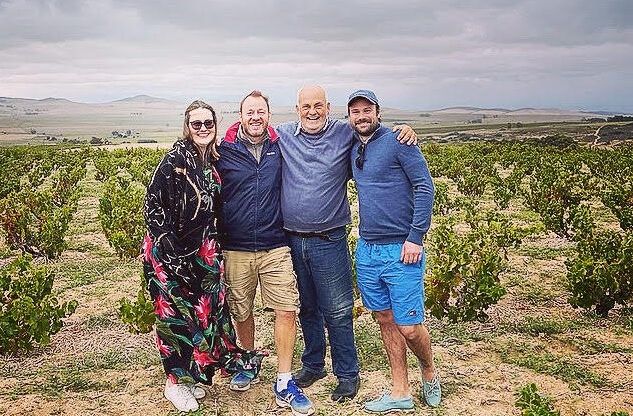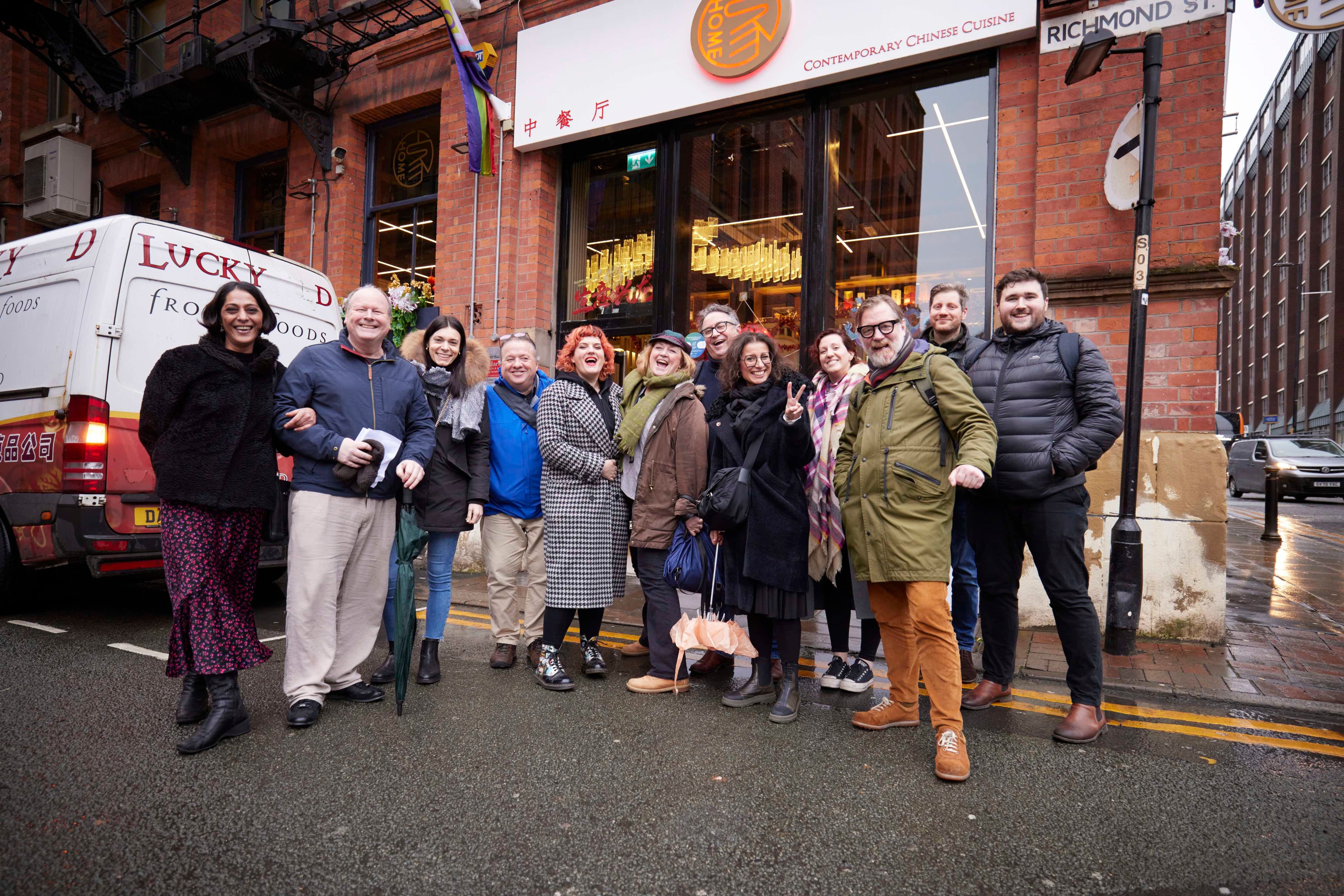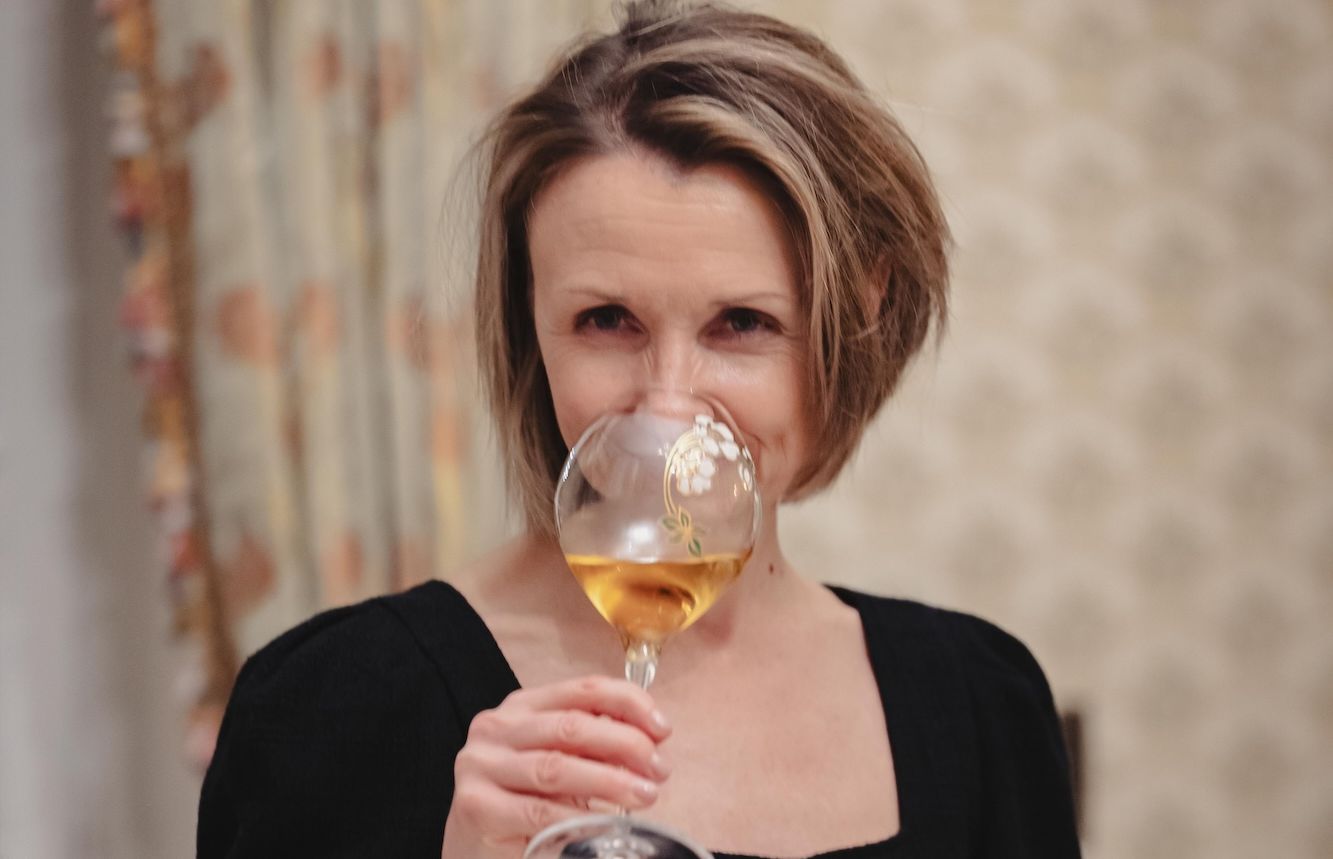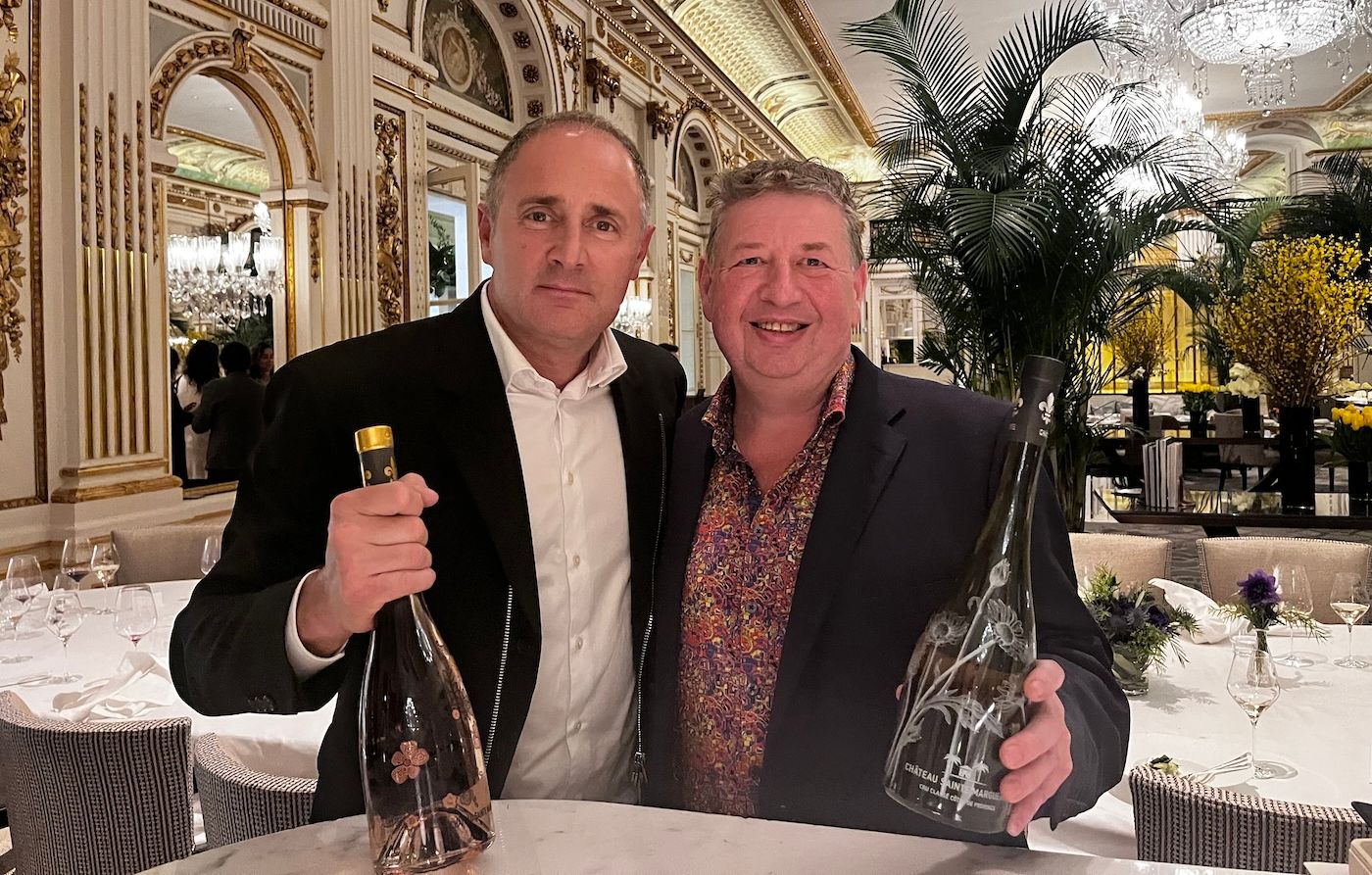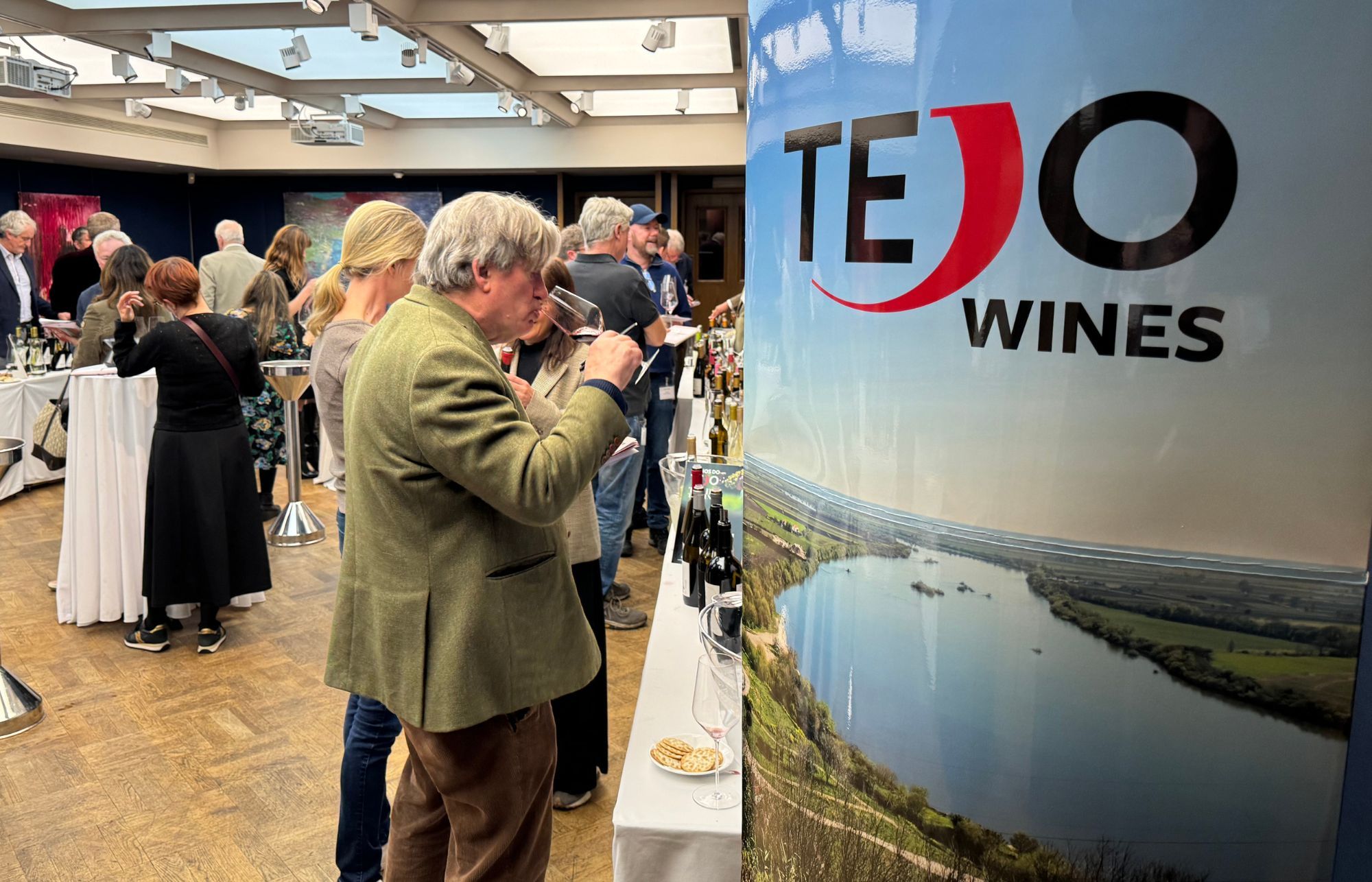Museum Wines claims to be the “largest importer of hard-to-find South African” wines in the UK and hopes to prove it with its novel ‘en primeur’ campaign.
You are about to launch something new – an En Primeur campaign for South Africa. What is this all about?
It came to me like a bolt from the blue. There is a huge amount of established buzz and interest in South African wine in September, with new releases from the likes of Sadie, Alheit and Savage, Cap Classique day on September 1, Tim Atkin MW’s annual report release is on the 5th, Lay & Wheeler has their South African tasting every September and the Platter Guide comes out in early October, but no one has actually taken it by the scruff of the neck and run a “new release” or “En Primeur” campaign in the same way that our inboxes are proliferated by Bordelais negociants in May.
So technically not en primeur in a traditional sense but your South African interpretation?
South Africans are very good at their own interpretations of lots of things so it won’t be en primeur in the sense of buying bottles before they’re bottled but for all intents and purposes everything will be new to the market and the latest release from the producers included. Most of the wines we import directly will be here in bond already, or soon after, as some have only just set sail – such as the newest addition to our agency portfolio, City on a Hill, who has just joined us from Indigo at the beginning of the year.
A nice way to shine the light on what’s new from South Africa?
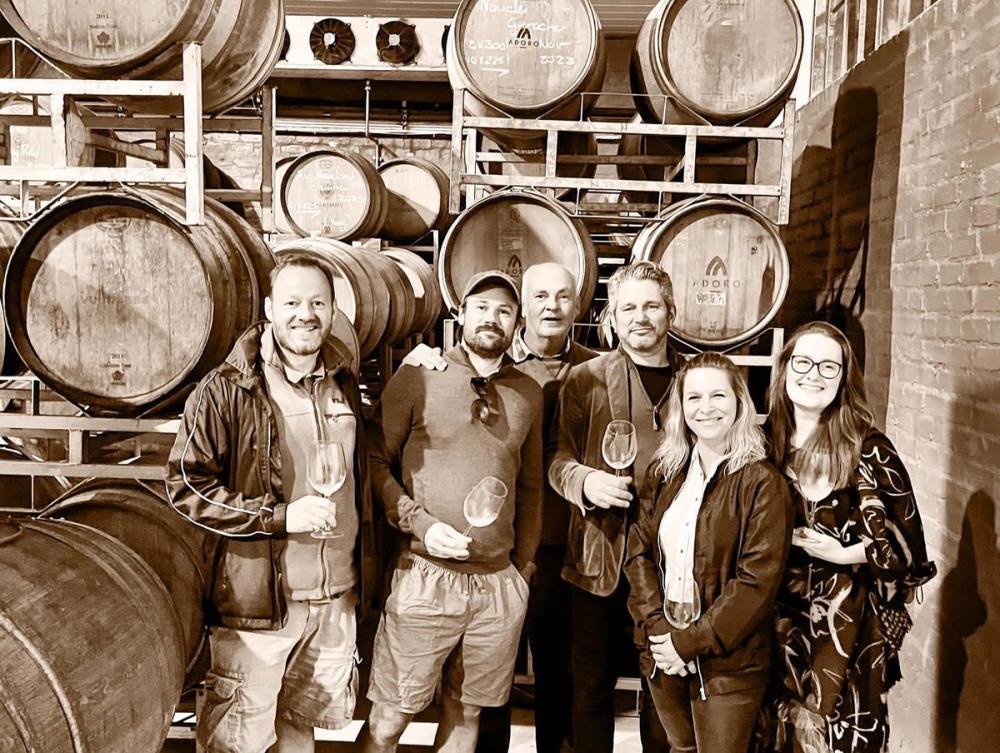
Greg Sherwood MW and Daniel Grigg on a recent trip to Naude
Absolutely, and it won’t be exclusively wines we import. We have our retail and private client markets as well and will be offering wines from other importers as well. We’ve devised a calendar which somewhat emulates the melee of BDX EP releases, with different producers new releases being announced without warning on different days of the week, starting with smaller, emerging producers and culminating with the most sought after.
You are offering customers the chance to order wine both at DPD prices and also at in bond pricing – can you give some examples of how that will work?
As these are new releases rather than this year’s vintage many are already within their drinking window, such as Naudé Werfdans Cinsault which is 2017 vintage and as the stock is here we’re giving people the option to buy DP stock online and take immediate delivery. However if you’d rather buy under bond you can do that too.
So what can your customers expect from this campaign – when it is it running and which producers are involved?
It will start on September 1 with some new releases from Colmant on Cap Classique day, the exact release dates thereafter are top secret but will include Alheit, Brookdale, City on a Hill, Kanonkop, Kara Tara, Lokaia, Natte Valleij, Naudé, Sadie, Savage, Spioenkop, Stark-Condé, Swerwer, Terre Paisible and Uva Mira
How are you looking to promote and build anticipation and excitement around it?
Well apart from this interview we’ll be be sharing more details with our email database and social media following between now and the beginning of September. We will also be eagerly awaiting the scores in Tim Atkin MW’s report as well as shouting about anything that our fine wine director, Greg Sherwood MW, thinks is any good and says nice things about.
Tamlyn Currin also attended our tasting in June on behalf of Jancis Robinson MW and tasted a lot of the wines that will be included, and Neal Martin has been tasting some of the others this week in South Africa so hopefully they’ll also have favourable words and numbers we can put next to them that’ll make people want to buy them.
What are you doing with the trade for this campaign that is different from normal?

Daniel Grigg has fallen in love with the wines that South Africa can offer that he simply can’t get anywhere else in the world
Obviously bricks and mortar wine merchants can be a bit excluded from traditional en primeur, a stack of bond certificates isn’t quite as impressive as wooden cases in a display and if you take customers’ money then tell them to go away empty handed things can get a bit lively. With stock readily available for immediate delivery we can supply them with stock in advance and they can then buy the bottles on the shelf on the release date for that wine, quick snap for Insta and everyone’s invited to the party.
We supply some wonderful purveyors of the finest wines available to humanity and with many younger merchants and their customers phased by the notion of buying wine that’s in a barrel somewhere in France this Amazon.com level of immediacy and gratification should appeal, and then once they’ve drunk it they might buy more!
It’s a bit like creating your own Beaujolais Nouveau for South Africa?
It is a bit! But you don’t have to go to France and spend an inordinate amount of money on fuel and ferries and the like, and the wine is actually worth the effort at the end of the day as well.
South Africa is a key part of your business – why has Museum Wines put such an emphasis on South African wines?
Because the wines are lekker, meneer! Having now worked in the industry for 15 years I’ve witnessed South Africa go from producing an abundance of homogenous, mediocre reds and whites that seemed to make every cultivar taste the same to (in my view) the most exciting wine producing country on the planet.
France is too bound up in regulations to ever evolve and of course there’s some lovely wines but they’re not doing anything new and they’re not exactly good value for money. That goes for the US and Australia as well, the land is too valuable to do anything interesting, it’s a commercial beast that demands a return on investment so they just planted Cab, Pinot and Chardonnay, maybe some Syrah if they’re feeling adventurous. Even Argentina where there’s value to be found won’t stray from trusty Malbec. I suppose Chile would be South Africa’s closest competitor for pioneering ingenuity and value but the wines, simply, just aren’t as good.
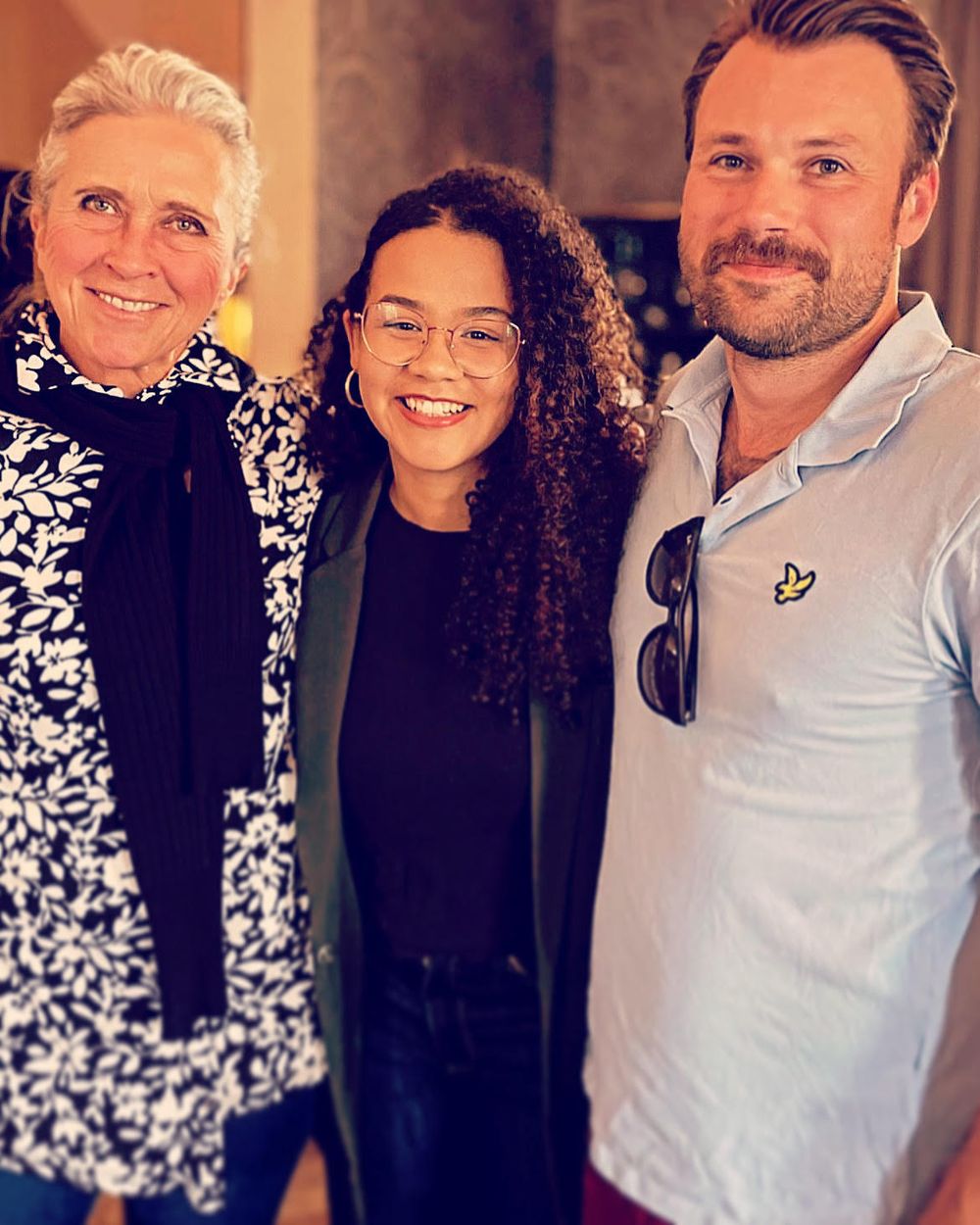
Museum Wines’ Daniel Grigg says South Africa is simply the most exciting place in the world to make wine – enhanced by initiatives like Rosa Kruger’s Old Vine project
And South Africa’s Old Vine Project, founded by Rosa Kruger, which was the focus of our tasting in June is hugely important and globally significant. Old Vine Colombard and Cinsault, some at very low alcohol (at or below 11%), are shaking up the market and how do you compete without these old vines planted? You can’t, if any other New World country had vines that old of such interesting cultivars they’re likely long gone to make way for more commercial varietals and that is what Rosa has achieved in avoiding for South Africa.
How have you seen the wines grow and develop over the years from South Africa?
Less intervention, not to the point where the wine becomes faulty and falls over after a year in bottle but winemakers allowing varietal to express their true identity rather than masking them with heavy handed new oak and other winemaking witchcraft that obscures cultivar purity. And lower alcohol percentages, it’s not just Cinsault that can come in at under 12% without sacrificing gravitas or tension. We have a Franschhoek Cab Franc at 10% and Swartland Grenache at 11%. Even Stark-Condé’s Single Vineyard Cabernets are now coming in at 13% thanks to the work done in the vineyards.
And importantly consumers are starting to follow this trend as well. People are sick of 15% abv wines that give you a headache, let’s not shy away from the fact that most bottles of red opened on a Friday night are not going to see Saturday. People are irresponsible and devil may care and we all like a good party, these lekker wines let you party on with reckless abandon then wake up the next day ready to have a fight with someone on the internet or your electricity supplier. And that’s important.
How do you go about trying to find new producers and wines to bring in – what criteria do you use?
Keeping our ear to the ground and our gum boots fresh with mud from the vineyards. The owner of the business lives in South Africa and Dalene, our head of marketing, lives in Cape Town and also works for News24 so she’s very involved in the industry and we hear things as they happen.
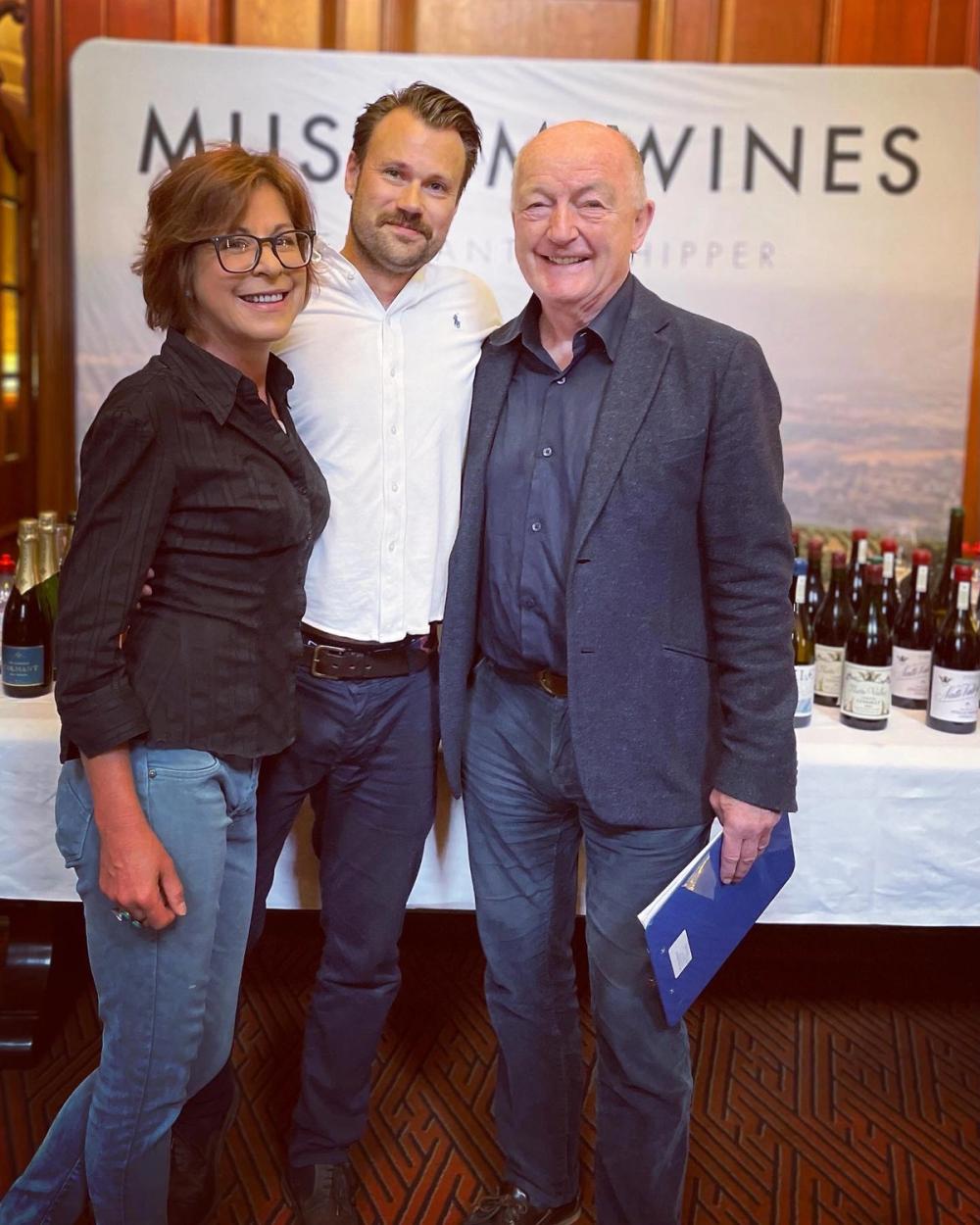
Museum Wines works hard to keep key wine critics up to date with its eclectic South African range – including Tamlyn Currin and Oz Clarke
Not to mention now having Greg on board, City on a Hill came on board because André approached Greg (without realising he had joined us) and asked if he could recommend any importers to approach. I had tried his wines at the Swartland Independent street party in 2019 and was keen straight away. Same with Terre Paisible, Adam Mason (former winemaker at Klein Constantia) had been in contact with Greg about the new project he was working on and now we’ve imported some.
In terms of criteria, the wine has to be good, it has to not dilute from anything we already import but have its own niche and demand, and as much as we like something we have to keep in mind whether we think we’ll be able to sell it. The new Semillon from Swerwer, a 1963 block in the Voor-Paardeberg, is a phenomenal wine, super exciting at reasonably priced for what it is at RRP £40 and I’m sure we’ll have no trouble selling 40 or 50 cases but there simply isn’t the demand for pallets of a wine like that. There probably isn’t pallets of it available but as an example managing producer expectation is key, don’t over commit to huge volumes when it isn’t realistic, they’ll just get upset.
What are the styles, regions and price points that work best with your customers?
We’re quite lucky as our average price for a bottle sold online and in our shop is £20, I think if you want a bottle for a tenner just grab what label you like the look of when you need batteries, beans or bananas next. Even when we’ve tried to sell wine at £9.99 through an email campaign the uptake isn’t great, it’s just not our market.

Having the chance to bring in wines from traditional turned cutting edge producers like Natte Valleij is what Museum Wines is all about says Daniel Grigg
We sell a diverse range of styles and regions across the whole business, you might think the Darling Cinsault from Natte Valleij only sells into London or Naudé Colombard is the preserve of Michelin Star restaurants, but we sell lots of both through our shop in Dorset. Our customers appreciate value and they don’t want to pay today’s prices for Burgundy. Then there are funky, fashionable wine bars in London who are getting sick of trying to figure out what a wine is meant to be and are looking for the simple pleasures of coastal Chardonnay or Stellenbosch Cab.
It’s a similar story with our trade customers, even the pubs we supply don’t want bulk shipped skunk juice. A good example was a country pub, nothing fancy, no aspirations for stars, rosettes, tinsel or glitter confetti but they described they’re current wine offering as “disgusting”. It took 10 months to convince him to pay a little more for his wine but he hasn’t looked back since, wine sales are flying because he was pulling unprofitable pints for wine drinkers who wouldn’t drink the wine he readily admitted was disgusting.
You’d think it was simple but so many publicans treat their wine list as a nuisance rather than a revenue and profit generating asset, then they’re surprised when they go bust.
- If you would like to hear more about Museum Wines en primeur South African campaign go to its website here.
- You can also email Daniel Grigg on daniel@museumwines.co.uk.
